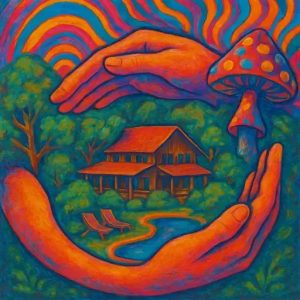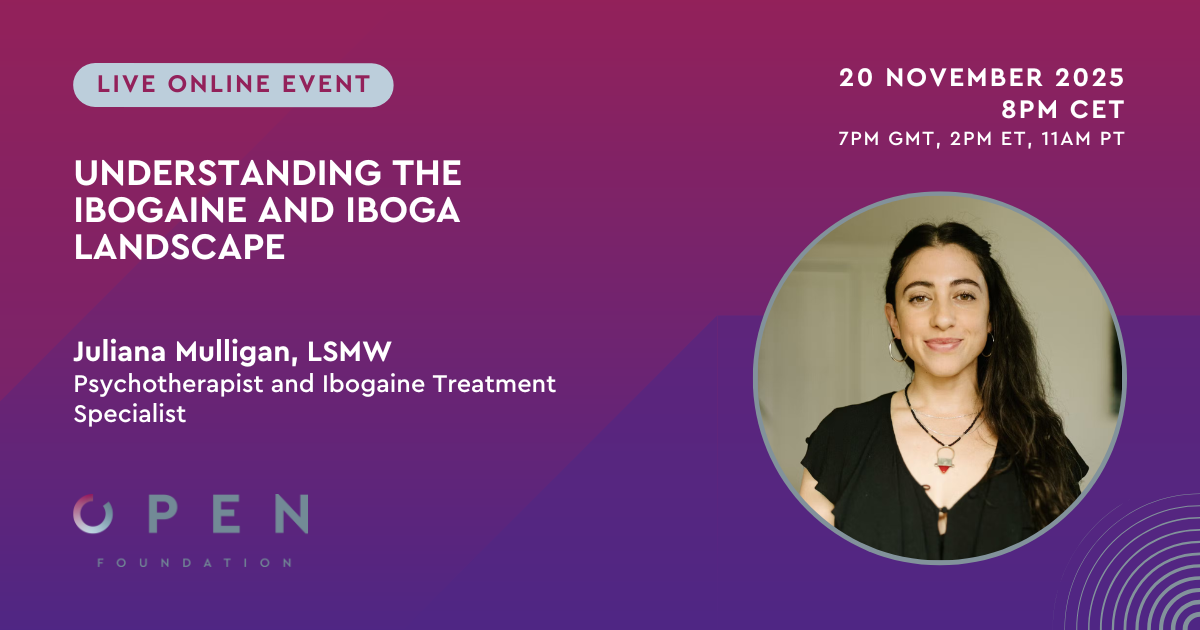Abstract
Lysergic acid diethylamide (LSD) is one of the most potent psychoactive agents known, producing dramatic alterations of consciousness after submilligram (≥20 μg) oral doses. Following the accidental discovery of its potent psychoactive effects in 1943, it was supplied by Sandoz Laboratories as an experimental drug that might be useful as an adjunct for psychotherapy, or to give psychiatrists insight into the mental processes in their patients. The finding of serotonin in the mammalian brain in 1953, and its structural resemblance to LSD, quickly led to ideas that serotonin in the brain might be involved in mental disorders, initiating rapid research interest in the neurochemistry of serotonin. LSD proved to be physiologically very safe and nonaddictive, with a very low incidence of adverse events when used in controlled experiments. Widely hailed by psychiatry as a breakthrough in the 1950s and early 1960s, clinical research with LSD ended by about 1970, when it was formally placed into Schedule 1 of the Controlled Substances Act of 1970 following its growing popularity as a recreational drug. Within the past 5 years, clinical research with LSD has begun in Europe, but there has been none in the United States. LSD is proving to be a powerful tool to help understand brain dynamics when combined with modern brain imaging methods. It remains to be seen whether therapeutic value for LSD can be confirmed in controlled clinical trials, but promising results have been obtained in small pilot trials of depression, anxiety, and addictions using psilocybin, a related psychedelic molecule.
Nichols, D. E. (2018). Dark Classics in Chemical Neuroscience: Lysergic Acid Diethylamide (LSD). ACS chemical neuroscience. 10.1021/acschemneuro.8b00043
Link to full text
Nichols, D. E. (2018). Dark Classics in Chemical Neuroscience: Lysergic Acid Diethylamide (LSD). ACS chemical neuroscience. 10.1021/acschemneuro.8b00043
Link to full text











